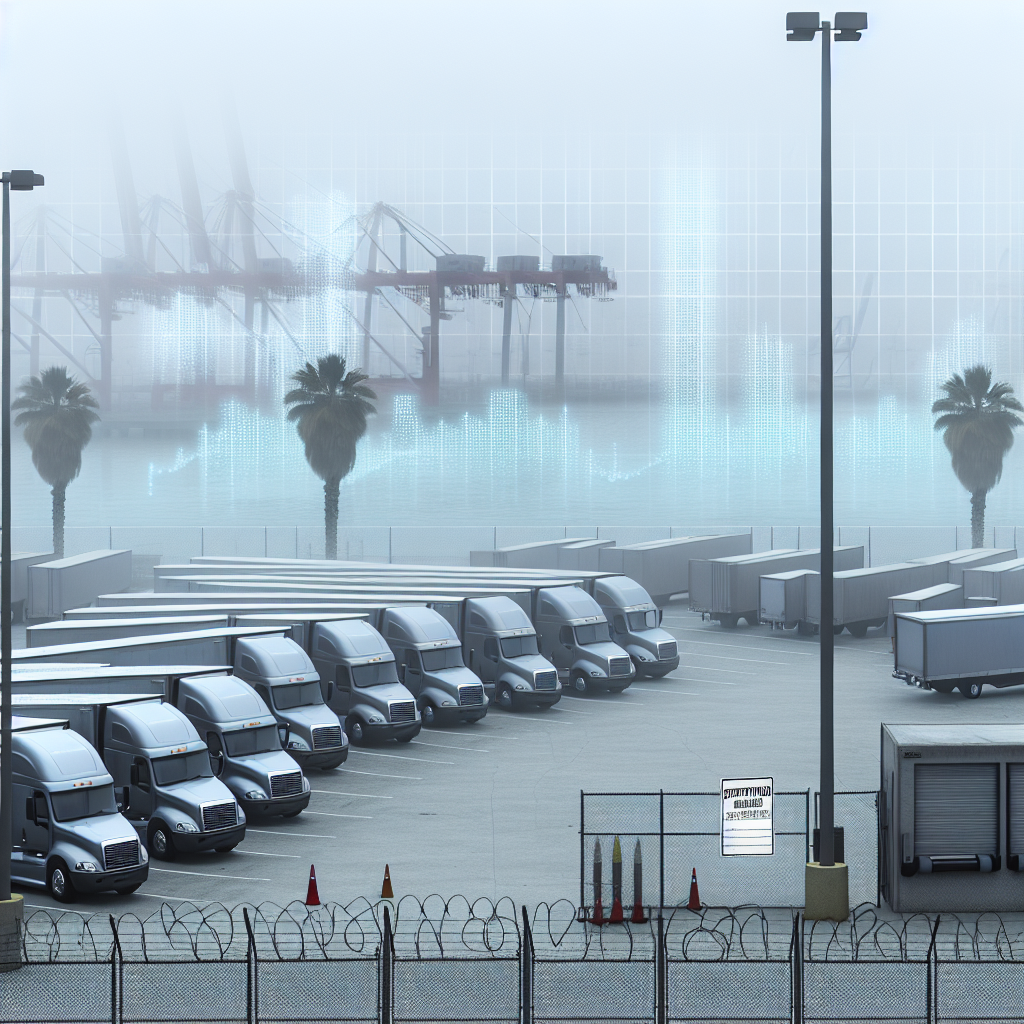A California carrier has become the latest casualty of the protracted freight downturn, closing its doors and terminating more than 100 positions. FreightWaves first flagged the closure on October 7, reporting that a California-based carrier was shutting down and “terminates over 100 employees.”
Follow-on filings and local details point to San Diego-based Epic Lightning Fast Service, an interstate carrier and Amazon Delivery Service Partner, which told state officials it will permanently close its Kearny Mesa operation at 5670 Kearny Mesa Road and lay off 116 employees by October 31. The company noted the shutdown would affect all workers. As of late July, federal data listed 59 power units and 93 drivers tied to the operation, underscoring how quickly a midsize last‑mile fleet can be forced offline when contract volumes and costs no longer pencil out.
This is not an isolated event. The same market stress is rippling through Amazon’s DSP ecosystem and adjacent parcel contractors. Accelore Group, another Amazon partner, has notified authorities of 214 layoffs across two Texas delivery stations effective November 1, and NFI Interactive Logistics plans 79 cuts this month tied to a facility closure in Indiana. Those announcements, coming alongside San Diego’s 116 job losses, illustrate how pockets of last‑mile capacity are being reshuffled with little lead time as large shippers rebalance networks.
Why it matters for carriers: the combination of softer e‑commerce cadence, seasonal volatility, and tighter contract scrutiny is putting disproportionate pressure on non‑asset and light-asset parcel operators. DSPs live and die by station‑level scorecards, utilization, and safety metrics; when volumes thin or station footprints change, the financial runway for small carriers can evaporate quickly. Operators with single‑customer exposure are especially vulnerable to abrupt contract changes and route consolidation.
What to watch next in Southern California: near‑term, Amazon will likely reassign routes to other DSPs or flex with in‑house capacity, limiting end‑customer disruption. But in the short window between notice and closure, affected drivers and dispatch staff face a scramble to land with neighboring DSPs, LTL terminals, or regional parcel competitors. For shippers and 3PLs that rely on independent parcel carriers for overflow or niche geographies, this is a signal to validate contingency plans before the Q4 peak—confirm backup tenders, verify weekend and evening coverage, and pressure‑test claims and returns flows in San Diego County.
Strategic takeaway: if you operate in last‑mile, diversify. Spreading exposure across multiple enterprise customers, balancing parcel with contract final‑mile or middle‑mile shuttle work, and protecting cash through more variable equipment strategies (shorter leases, shared maintenance) can buy crucial flexibility when a single contract flips. Meanwhile, buyers of capacity should expect a tighter DSP labor market locally as workers shift among providers, with wage and bonus expectations following suit.
Sources: FreightWaves, Trucking Dive, NewsNow
This article was prepared exclusively for TruckStopInsider.com. Republishing is permitted only with proper credit and a link back to the original source.




